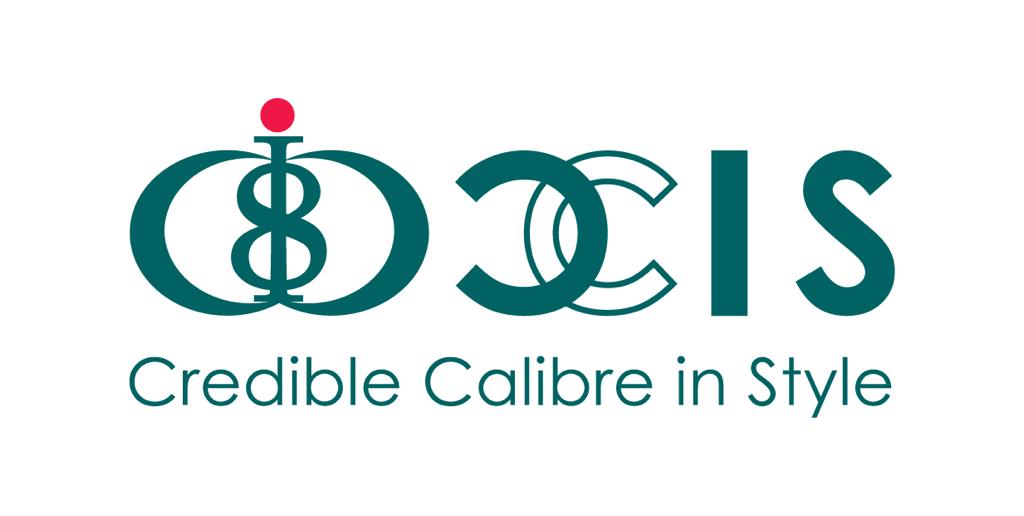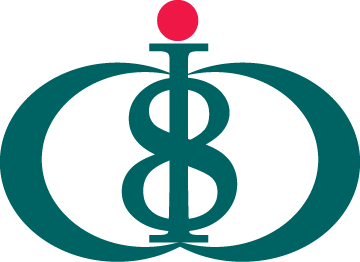Auditing
NUMBER OF COMPANIES WHO HAVE BENEFITED FROM OUR SERVICES FOR ISO & BIZSAFE
Impartiality Statement
The policy of member companies of the CCIS Group is committed to management of impartiality, we shall:
- ensure that procedures for accessing CCIS auditing services are fair and non¬discriminatory, and treated as such;
- continuously identify risks to the impartiality of CCIS, arising from its activities, its relationships or relationship of its staff;
- analyse, evaluate, treat, monitor and document the identified risks and demonstrate how to eliminate or minimize such risks to the impartiality;
- do not allow commercial, financial or other pressures to compromise impartiality of CCIS activities;
- provide a mechanism to safeguard the impartiality of CCIS, which ensures a balanced representation of the relevant interested parties, without the prevalence of individual interests.
Audit Process
(i) Request for Quotation – Authorised representative of the applicant organisation (potential client) to provide the following information:
- the desired scope of the audit;
- relevant details of the applicant organisation, including its names and the address(es) of its site(s), its processes and operations, human and technical resources, functions, relationships and any relevant legal obligations;
- identification of outsourced processes used by the organisation that will affect conformity to requirements;
- the standards or other requirements for which the applicant organisation wishes to be audited;
- whether consultancy relating to the areas to be audited has been provided, and, if so, by whom
(ii) Review of Application and Supplementary Information by CCIS to ensure
- any known difference in understanding between CCIS and the applicant organisation is resolved;
- CCIS has the competence and ability to perform the audit activity;
- the site(s) of the applicant organisation’s operations, time required to complete audits and any other points influencing the auditing acvtivity are taken into account (language, safety conditions, threads to impartiality etc)
Following the review of the application, CCIS shall either accept or decline the application. If CCIS accepts the application, CCIS shall determine the number of auditors for the audit and the audit duration based on Annex 2 to Appendix 1 of CT 17. An official quotation/proposal shall be sent to the client via email. If, however, CCIS declines the application as a result of the review of application, the reasons for declining the application shall be documented and made clear to the client.
Determination of Audit Time
The audit time is determined based on based on Annex 2 to Appendix 1 of CT 17 – Minimum Required Audit Duration (On–site Mandays)
| Construction Worksite | Metalworking Industry | Shipyard | Oil refinery or petrochemical plant / Semiconductor wafer fabrication plant / Chemical manufacturing plant / Pharmaceutical plant / Bulk storage terminal | Other Industries | |||||||
| Size (Manpower)
Audit |
Up to 200 | 201 to 500 | >500 | Up to 50 | 51 to 99 | ≥ 100 | Up to 199 | 200 to 500 | ≥500 | See IAF MD 22 (Note c) for Occupational Health and Safety Management Systems (OH&SMS) in the high complexity category, with a minimum of 4 man-days | See IAF MD 22 (Note c) for Occupational Health and Safety Management Systems (OH&SMS). |
| 1st Initial Audit | 2.0 (Note a) | 2.0 (Note b) | 2.0 (Note b) | 3.0 (Note b) | 2.0 | 3.0 | 5.0 | See IAF MD 22 (Note c) for Occupational Health and Safety Management Systems (OH&SMS) in the high complexity category, with a minimum of 4 man-days | |||
| Subsequent Audit | 3.0 | 4.0 | 5.0 | 1.0 | 2.0 | 2.0 | |||||
Notes:
(a) First initial audit for a worksite is to be completed within 6 months upon commencement of work activities at the worksite. The audit duration of construction worksites started operation more than 6 months ago will be based on the duration of a subsequent audit
(b) Initial audit refers to the audit by an Auditing Organisation of the workplace for the first time, after the 1st initial audit or a subsequent audit has been conducted by another Auditing Organisation. The duration of an initial audit for metalworking industries will be based on the duration of the 1st initial audit.
(c) IAF MD 22 – Application of ISO/IEC 17021-1 for the Certification of Occupational Health and Safety Management Systems (OH&SMS). For SHMS subsequent audits, Auditing Organisations shall consider the audit as an initial audit in IAF MD 22.
(d) Total mandays in the above table exclude off-site report writing. All auditors in the audit team shall be present on-site for at least one day in order to have adequate time for site appreciation and assessment, unless the total on-site audit duration is 1 manday.
Issuance of Audit Plan
CCIS shall ensure than an audit plan is established prior to the audit identified in the audit programme to provide the basis for agreement regarding the conduct and scheduling of the audit activities. This audit plan shall be emailed to the client prior to the audit.
On-Site Audit
The on-site audit is conducted based on the audit checklist provided. This includes:
i. Opening meeting
ii. Familiarisation Tour of Workplace
iii. Document Review
iv. Physical Inspection
v. Interview of Personnel
vi. Closing Meeting
Testimony of Audit & Audit Report
An electronic copy of Audit Report and Testimony of Audit shall be issued to all companies that pass the audit.
Use of the Auditing Organisation’s Name and Mark or Logo
The client shall agree
i. not to use or permit the use of our audit report or testimony or the AO’s mark in communication media such as the Internet, brochures or advertising, or other documents;
ii. not to make or permit any misleading statement regarding the audit; and
iii. not to use or permit the use of an audit report or testimony or any part thereof in a misleading manner.
Complaints/Feedback/Additional Information
Contact us at [email protected] – Upon receipt of complaint or feedback from customer, the responsible Functional Head shall take necessary actions promptly and ensure that the corrective actions are effective to prevent recurrence of the problem.

